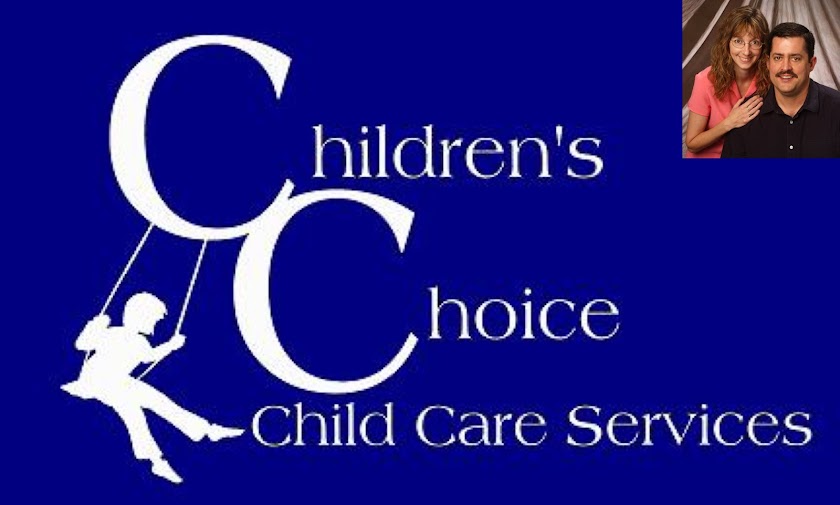Every week, Madison (my 10-year old daughter) and I teach a 1.5-hour afterschool science club for K-2nd graders. Each week she helps plan the lesson and then write the blog about what we did.
We have provided links to the books we used to sneak in some literacy. We learned most of the science experiments and activities from Steve Spangler (awesome speaker and science guy extraordinaire). We have included links to his science supplies, experiments, and videos. We have also included links to our YouTube videos. These links take you away from the blog and to external websites.
Lesson 12
Science of Sound
Science Standards Addressed:
- Identify human organs and their function (ear).
- Observe that things move in different ways (vibrations).
- Observe that sound is made from vibrating objects and describe its pitch and loudness.
- Knows that sound travels in waves.
Plus we snuck in some speaking and listening standards like asking questions, expressing ideas, following multi-step directions, and participating in discussions.
5 minutes
As the children arrived we played the songs Good Vibrations, and Catch a Wave, by the Beach Boys – little hint about the theme of the day.
Next we had a snack that once again was a hint of the science to follow.
 |
| In addition to the healthy stuff, we could all choose between EAR WAX, CHOCOLATE EARS, |
 |
or the Noisiest Snack Ever Invented – POP ROCKS! |




